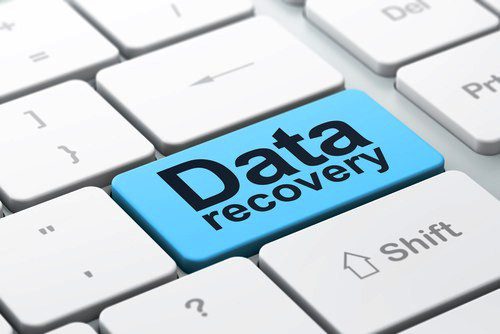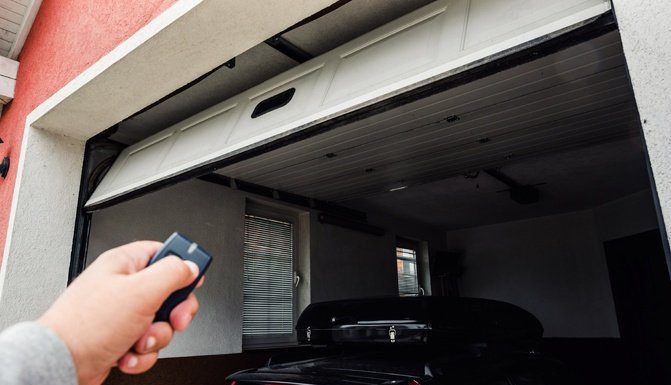For those who don’t know, a DNS cache or DNS resolver is a local database controlled and maintained by a computer’s operating system. Most operating systems, such as Windows, Ubuntu Linux, Mac, etc., maintain this temporary database. Usually, this temporary database keeps the record of recently visited and recently attempted internet domains. In the simplest words, the DNS cache keeps the record of the recent DNS lookups.
The operating system automatically caches IP addresses and DNS results so that subsequent requests can be made fast to the same hostname. However, in this process, bad results get cached automatically sometimes, which can cause improper communication with the host. Over the period, it can also give birth to numerous internet connectivity and security issues and make your DNS cache poisonous. If something is bothering you, you should take quick steps to flush your DNS immediately.
But before proceeding, you must understand when is the right time to flush DNS. This post will look at a few points disclosing why and when you should flush your DNS. But before that, let’s understand what DNS cache poisoning, in brief, is.
DNS Cache Poisoning:
You probably don’t know, but your DNS cache system may become polluted by unauthorized domain names or IP addresses. It is called DNS cache poisoning. Sometimes technical glitches and administrative accidents can be responsible for the corruption of the cache system. However, in most cases, cache poisoning is associated with invalid DNS entries in the cache, Malware and other virus attacks, and network attacks.
Sometimes, cache poisoning can be accountable for redirecting the client’s request to the wrong destinations.
Why It is Needed to Flush DNS
Security –
Security should be one of the top reasons you should consider flushing out your DNS. As you can notice, DNS has been identified as a critical component. You should not take it back seat.
Anyone accessing your computer system can look at your cache and find which sites you have recently visited. By using the windows command prompt and entering IPConfig, anyone can look at each and every entry in your cache.
If someone can temper the DNS information in a cache, the situation may worsen. So, if you suspect any DNS-related concern, flush out your DNS records to keep your system safe and secure.
Once you have cleared out your DNS cache, it will be entirely transparent except for things that are updating automatically, like email clients, anti-virus, etc.
Helps in Eliminating Bad Connections –
As said in the beginning, sometimes, bad results get cashed into your DNS cache. These alarming results or bad connections get bundled with a good connection because there is no provision for a separate listing for bad IP responses.
Unfortunately, if, for some reason, you have a bad IP address in your cache, flushing out the DNS cache is the only solution for you. Sometimes, bad IP connections contain viruses and other Malware. Therefore, it should be a good option to clear bad connections.
It can help you Improve System & Application Performance –
Excessive cache data may slow down your system because of the RAM and memory it requires to process the data. As we mentioned in the above section, the DNS cache is mostly filled with useless information that you will probably not be accessible to in the future. You should flash your data. After clearing the DNS cache, you will notice the benefit in the speed and performance of your system.
Circumstances When Flushing DNS Can be a Wise Decision
In the above section, we discussed why flush DNS is necessary. Now we will talk about some circumstances in which clearing the DNS cache can prove a wise decision for you.
Server Migration –
Clearing the DNS cache can be quite useful for a webmaster during server migration. Changes to the DNS server can be made immediately, but changes to the cache can take up to 48 hours. It will leave your users in a situation where they will visit a website that is no longer available at its old IP address.
However, when you flush the DNS server cache, the server is forced to discover the new IP for the domain name. This way, DNS servers don’t rely on cached addresses. It helps web owners to get immediate access to the accurate IP address quickly. You must consider clearing the cache during the server migration if you run a website that receives more traffic from repeated visitors.
Disabling DNS for Single Internet Session
You may also choose to disable the DNS cache for a single internet session so that cache cannot record any DNS information until your computer system is restarted.
Maintenance –
You can consider cleaning up the cache as a reasonable maintenance practice. Although the data of the DNS cache does not take much space, the list of its data can go extensive. If the list is filled with sites you no longer visit, there will be no space for new entries.
Moreover, cleaning the cache can also help you prevent returning of bad results and 404 errors.
Delete Old DNS Data:
There is more than 1 DNS provider available. For example, the popular search engine Google offers a DNS cache and resolution service. Another DNS option is Open DNS. Even if you have replaced your DNS, if your cache preserves the memory of your frequently visited sites from your old DNS, the browser will pull from the cache – not from the new DNS. However, if you clear the cache, you will start pulling from your new DNS. We have cleared this point in the Server Migration point as well.
Final Words:
All in all, we can say flushing a DNS cache can help us resolve a myriad of issues. In this post, we tried to familiarize you with circumstances in which flushing DNS can be a good decision.
















